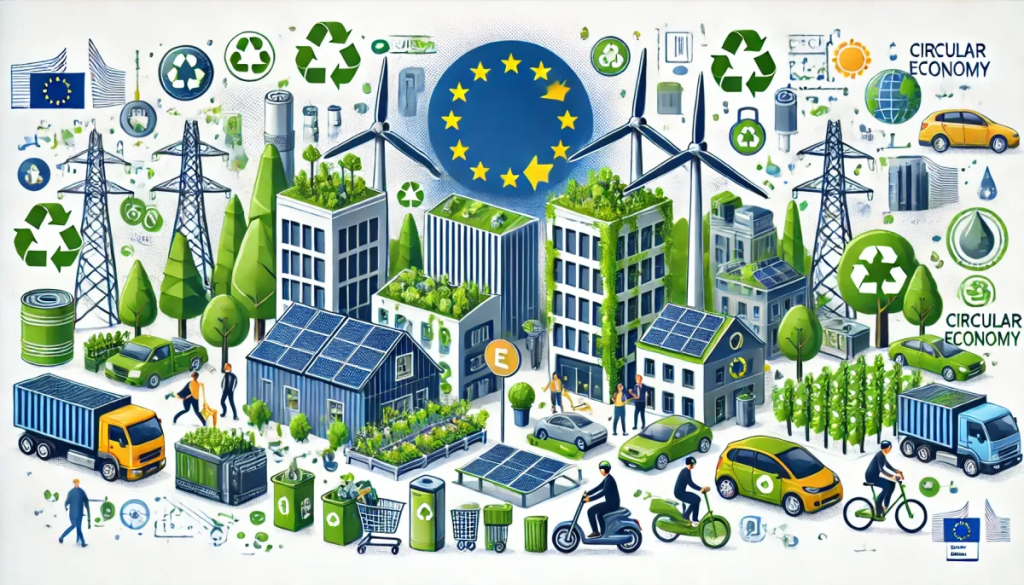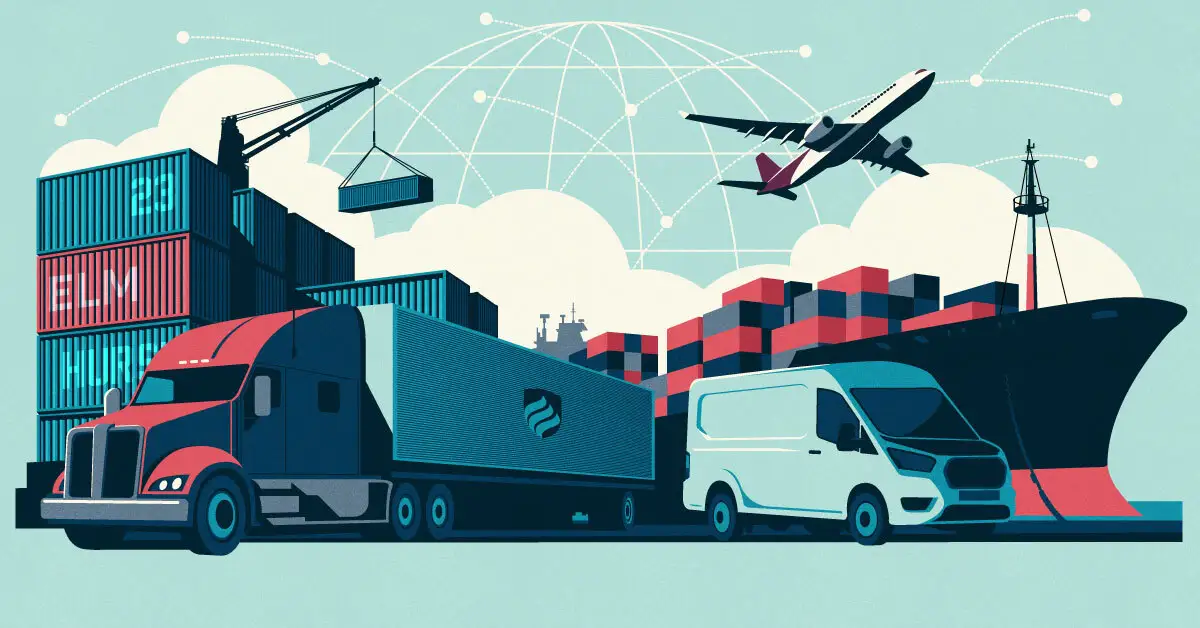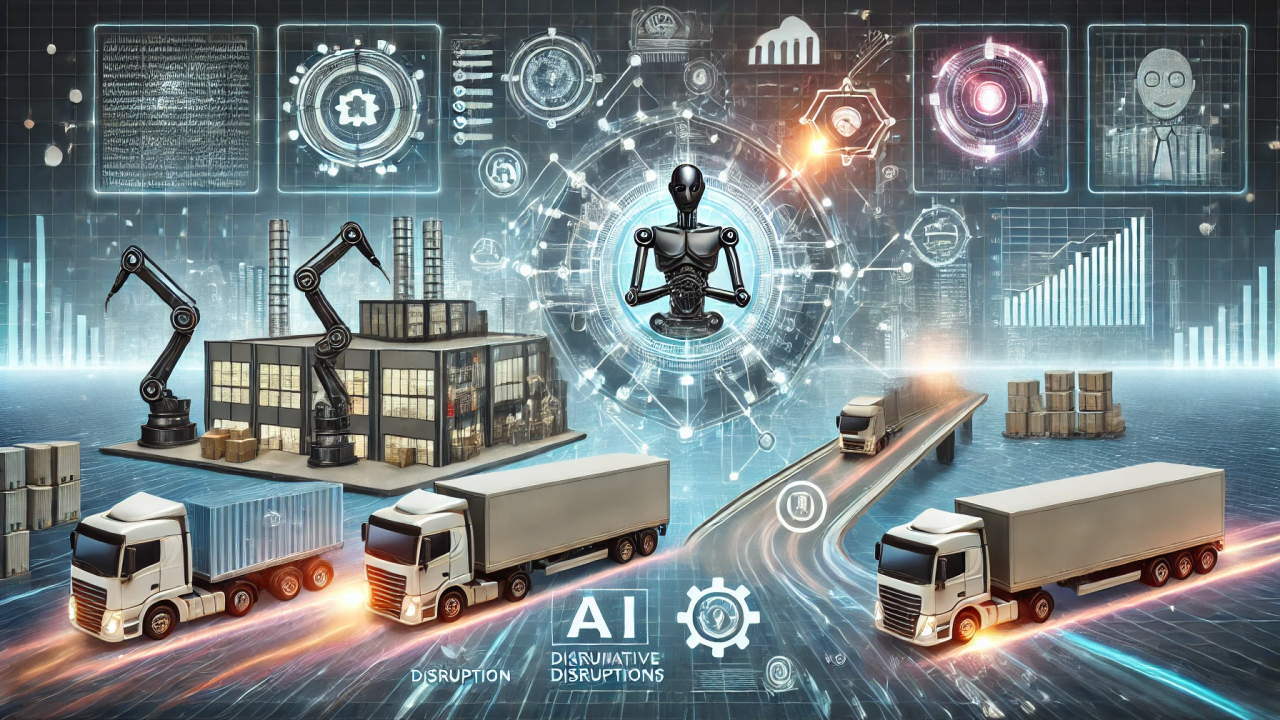Procurement is undergoing a fundamental transformation. For decades, the dominant model in sourcing and supply chain operations followed a linear approach—extract, manufacture, distribute, use, and discard. But in an era of growing resource scarcity, rising carbon emissions, and shifting consumer expectations, this model is no longer tenable. This article offers a comprehensive look at how organizations can embed circular economy practices into their procurement strategies—and why it matters now more than ever.
Enter the circular economy—an innovation-led framework focused on regeneration, waste minimization, and long-term value creation. In procurement, circular principles are not only changing what we buy, but why, how, and for how long. Procurement professionals now face a dual mandate: secure cost-effective inputs and drive sustainable outcomes.
From Linear to Circular: A Shift in Value Thinking
Traditional procurement often treats resources as infinite and disposable. Circular procurement challenges this view by emphasizing materials that are reusable, recyclable, or renewable, as well as contracts that promote product longevity and closed-loop flows.
Table 1: Linear vs. Circular Procurement Models
| Aspect | Linear Procurement | Circular Procurement |
|---|---|---|
| Resource Use | Extract and discard | Regenerate and retain value |
| Contract Style | One-off purchases | Leasing, take-back, or service models |
| Supplier Evaluation | Lowest cost | Lifecycle impact, compliance, ethics |
| End-of-Life Strategy | Disposal | Reuse, refurbish, remanufacture |
| KPIs | Price, delivery time | CO₂ impact, reuse rate, circular value |
Why Circular Procurement Is Rising
Circular procurement is moving from niche to necessity due to a convergence of four critical forces:
- Regulatory Pressure
- The EU’s Circular Economy Action Plan mandates circular design, production, and procurement in public and private sectors.
- The Corporate Sustainability Reporting Directive (CSRD) requires companies to report supply chain sustainability and material impact.
- Investor Expectations
- 80% of institutional investors now consider ESG (Environmental, Social, and Governance) performance when making decisions, pressuring organizations to procure sustainably.
- Cost Control and Risk Mitigation
- Circularity reduces dependency on volatile commodity markets and shields companies from supply chain disruptions by keeping materials in the loop.
- Consumer Demand
- Gen Z and Millennials increasingly buy from brands that are ethically and environmentally responsible—impacting B2B and B2C procurement alike.
Practical Circular Procurement Levers
To operationalize circular procurement, companies must go beyond policies and re-engineer core procurement decisions. Here’s how:
1. Design for Circularity
Collaborate with suppliers to source materials and components that are designed for reuse, repair, or recycling. Include design guidelines that emphasize:
- Non-toxic inputs
- Modular architecture
- Use of post-consumer materials
Example: Philips ensures that 100% of new products meet EcoDesign standards, enabling circular procurement at scale.
2. Shift to Performance-Based Models
Instead of owning a product, organizations procure performance or outcomes. For example:
- Light-as-a-service (Philips/Signify)
- Print-as-a-service (HP)
- Furniture leasing (Kinnarps)
These models encourage suppliers to design longer-lasting, lower-maintenance products, aligning profitability with sustainability.
3. Supplier Engagement and Criteria
Update your supplier evaluation framework to include:
- Environmental certifications (e.g., ISO 14001, Cradle to Cradle)
- Material traceability and compliance
- Return logistics capability
- Circular product portfolios
| Circular Supplier KPIs | Target Metric |
|---|---|
| Recycled content (%) | Minimum 30% by volume |
| Take-back program availability | 100% of applicable contracts |
| CO₂ footprint (per unit) | Reduction by 20% over 3 years |
| Circular design compliance | `100% of new products by 2026 |
4. Lifecycle Cost Analysis (LCCA)
Move away from upfront cost comparisons. Lifecycle cost models factor in:
- Maintenance
- Energy use
- End-of-life handling
- Resale or recovery value
A 2023 McKinsey report found that companies using LCCA in procurement saved an average of 15-20% over five years compared to traditional methods.
5. Contractual Circularity
Use legal frameworks to lock in sustainable outcomes:
- Include clauses requiring take-back, reuse, or end-of-life recovery
- Define ownership responsibilities for materials and waste
- Reward suppliers for meeting circular KPIs

Real-World Success Cases
City of Amsterdam
One of the first to commit to 100% circular procurement by 2030. Has adopted:
- Circular workwear contracts (100% recycled fibers)
- Circular concrete in infrastructure tenders
IKEA
By 2025, aims for all materials in products to be renewable or recycled. Key procurement innovations:
- Circular packaging contracts with reusable logistics boxes
- Take-back furniture procurement for B2B setups
Barriers and How to Overcome Them
Despite growing interest, companies face tangible barriers:
| Barrier | Mitigation Strategy |
|---|---|
| Lack of supplier transparency | Implement traceability tools (e.g., blockchain audits) |
| Higher upfront costs | Use LCCA and demonstrate long-term value |
| Limited market maturity | Co-develop solutions with suppliers, pilot small scale |
| Resistance to change | Internal training, cross-functional sustainability teams |
Circular Procurement’s ROI Potential
Organizations that embrace circular procurement don’t just mitigate risk—they unlock new value.
- Cost Savings: Reducing waste and disposal fees
- Revenue Generation: Reselling materials and products
- Brand Equity: Improved ESG ratings and public perception
- Compliance: Future-proofing against evolving legislation
Table 2: Economic Impact of Circular Procurement (Avg. Mid-Market Company)
| Metric | Traditional | Circular Model | Savings/Gains |
|---|---|---|---|
| Procurement Spend (Year) | €12M | €10.2M | €1.8M savings (15%) |
| Material Waste (%) | 19% | 5% | 14% reduction |
| Disposal Cost | €450K | €120K | €330K savings |
| Compliance Risk Exposure | Moderate | Low | Mitigated fines |
Conclusion:
As a leading voice in responsible sourcing and circular economy strategies, Mattias Knutsson continues to advocate for reimagining procurement as a lever for transformation. His insights center around systemic integration, urging procurement leaders to embed sustainability into contract design, supplier onboarding, cost modeling, and performance monitoring.
“Circular procurement isn’t just an ESG checkbox—it’s a business accelerator. Those who lead here don’t just reduce harm; they create new forms of long-term value.”
Knutsson’s consulting frameworks and talks have helped shift procurement’s role from transactional gatekeeper to strategic sustainability partner—a direction that organizations must embrace to remain competitive in the next decade.





